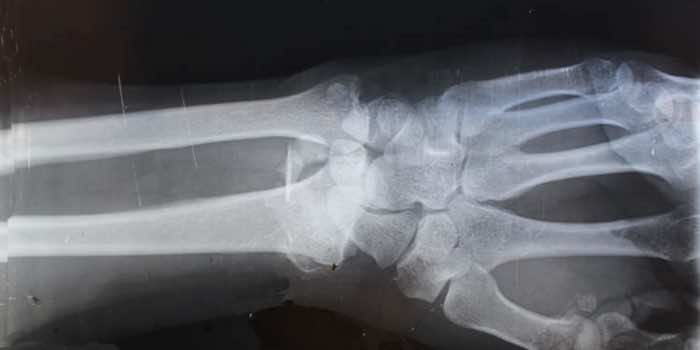In 1994, a man encountered a serious car accident that should have left him with at least a few broken bones. Miraculously, he endured no fractures because he had the densest, strongest bones of all time.
In the X-rays, the bones had no fractures and surprisingly, the bones seemed to be eight times denser than normal, to be precise. They referred the man to Karl Insogna, the director of the Yale Bone Center. Insogna performed additional tests, but no cause or side effect of this kind of bone was found. Later, the researcher came across a few people with similarly dense bones, which turned out to be distantly related to that man!

In 2000, the family met the researcher. One of the family members, a doctor himself, had several hip replacement surgeries under his belt because his bones were so tough that doctors couldn’t screw the prosthesis into them.
After analyzing their unusual traits, Karl Insogna started focusing on a region of chromosome 11 that appeared to be the reason for their incredibly dense bones. A team at Case Western Reserve University had found a gene mutation called LRP5 which they had linked to bone density, and that turned out to be the answer.
Afterward, a team from the Osteoporosis Research Center at Creighton University in Omaha discovered the exact same mutation in a Nebraska family whose 21 members, ranging from age 3 to 93, had never suffered a bone fracture their whole lives.
Today, many questions about the LRP5 mutation are still waiting to be answered, but with the progress in genome sequencing technology, scientists are hopeful that the discovery of these incredibly dense human bones could lead to new treatments or even a cure for destructive conditions like osteoporosis.
“In contrast to other bone mass mutations, this is gain in bone formation, not inhibition of bone breakdown,” Prof. Insogna said. “In osteoporosis, that’s the Holy Grail.”


